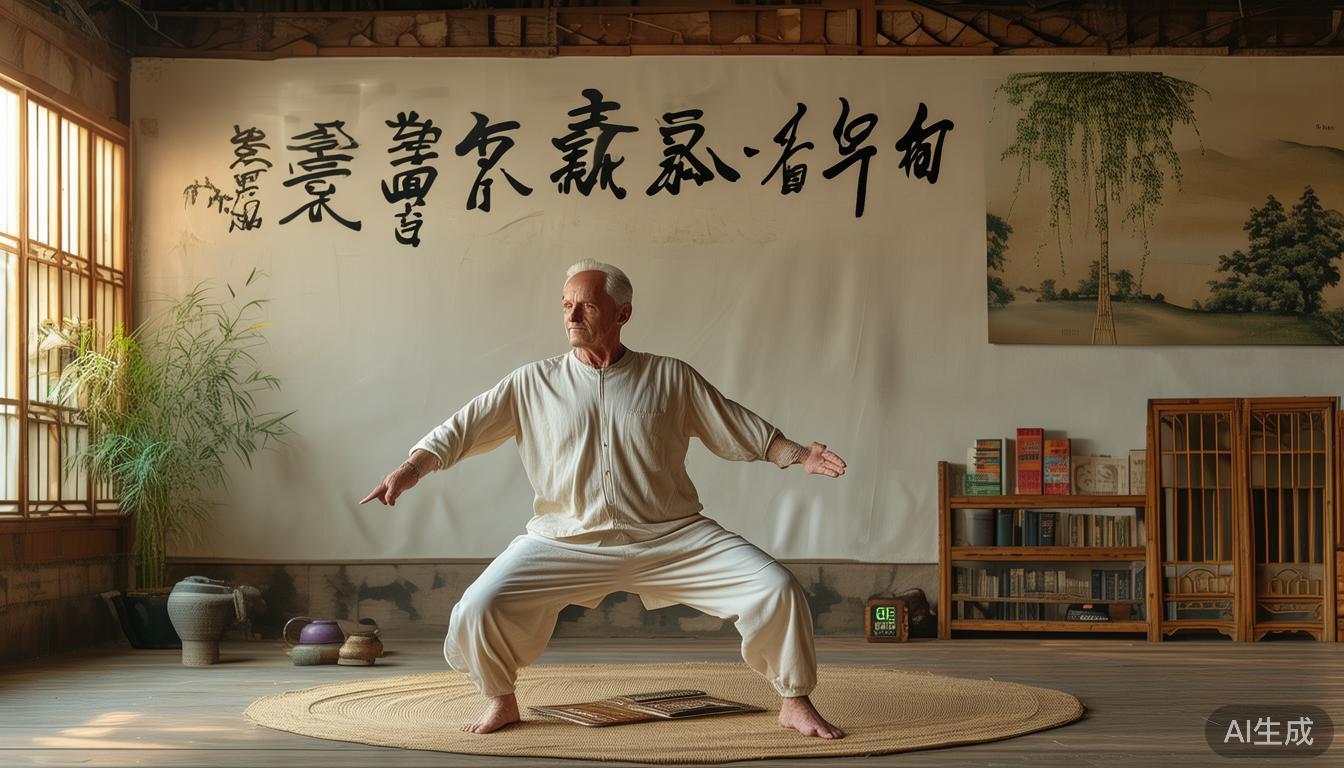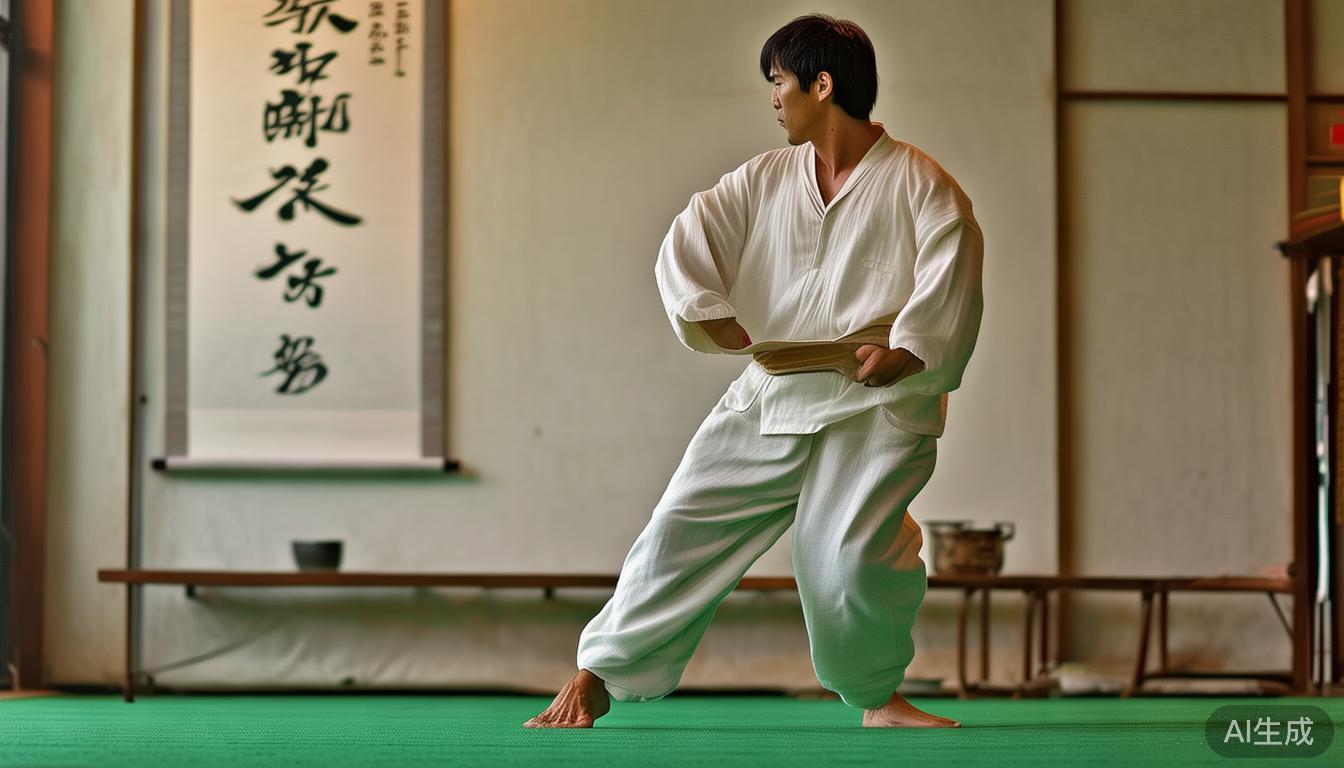Having practiced Tai Chi for many years, I have deeply realized that Tai Chi 24 Form has its value as an introductory routine. Its movements are simple and elegant, and it also contains the essence of traditional Chinese health wisdom Tai Chi And Diabetes Courses Online . This set of boxing methods is suitable for people of all ages to practice. It can not only strengthen the body, but also cultivate the mind and character. Next, I will share a few key points to help beginners better master this boxing method.
How to get started with the 24 Tai Chi postures
When learning the 24 Tai Chi poses for the first time, it is recommended to start practicing from the basic standing position, keep the body in a neutral state, and bend the knees slightly to feel the state of Qi sinking in the Dantian. I remember when I first practiced, the master emphasized the essentials of "loosening the waist and lowering the hips." This basic movement may seem simple, but it is actually the foundation of the entire boxing technique. If you practice the basic movements for 20 minutes every day, you will be able to notice an obvious improvement in body coordination after a week.
During the learning process, you have to focus on the coherent nature of the movements. It is recommended to divide the 24 movements into 4 groups to practice Tai Chi For Diabetes in sections. First, grasp the connection between each group of movements, and then combine them in series to form a complete routine. Pay special attention to the conversion of typical movements such as "Cloud Hand" and "Single Whip". These movements are throughout the entire routine. Mastering this core movement will get twice the result with half the effort.
What are the health effects of the 24 Tai Chi poses?

Long-term practice of Tai Chi 24 poses has significant effects on improving sleep quality. Many students have reported that after consistent practice, the original insomnia problem has been significantly alleviated. The reason for this is because the slow, deep and long breathing of Tai Chi can regulate the autonomic nervous system and help the body and mind enter a state of relaxation. Take one of my students as an example. After practicing for three months, his blood pressure gradually stabilized from the original 150/95mmHg to about 130/85mmHg.
There is a set of boxing techniques that are particularly effective in enhancing the strength of the lower limbs. The transition from empty to full and back to empty should always be in a half-squat posture, which can be very effective in strengthening and exercising the muscle groups of the thighs. If middle-aged and elderly people practice it, it can prevent the degeneration of the knee joints. If young people practice it, it can improve the stability of the body. Every year, I can see that a large number of students use this practice to improve the lack of strength in the waist and legs.
Common misunderstandings in Tai Chi 24-style exercises

Many people who are just starting to learn are prone to making mistakes that are described as "excessive force". Tai Chi emphasizes the concept of "conquering strength with softness". However, novices who have just been exposed to it often use stiff force unknowingly. I still remember a student who kept complaining about soreness in his arms. Later, it was discovered that his shoulders were in a state of excessive tension when he was doing the corresponding action of "hugging knees and walking". After making the necessary adjustments, I immediately felt the lightness and smoothness of the relevant movements.
Another common problem is that breathing and movement are not coordinated. The correct practice method is to inhale when rising and exhaling when falling. Inhale when opening and exhaling when closing. It is recommended that beginners first familiarize themselves with the movement route, and then gradually match it with breathing. There is no need to try to complete it at the beginning. Give yourself two to three weeks to adapt, and gradually you can understand and master the rhythm of matching breathing and movement.
At the end of the day, I would like to ask all readers, what is the biggest difficulty you encountered while practicing the 24 Tai Chi postures? You are welcome to share your feelings in the comment area. If you think this article is helpful to you, please like it to support it and share it with more people in need.


